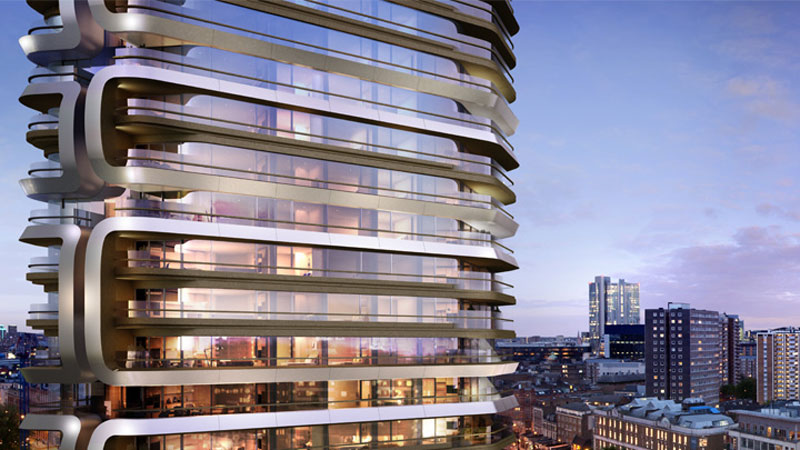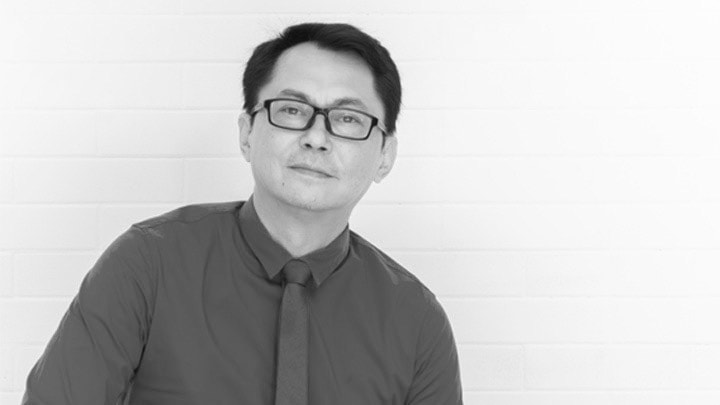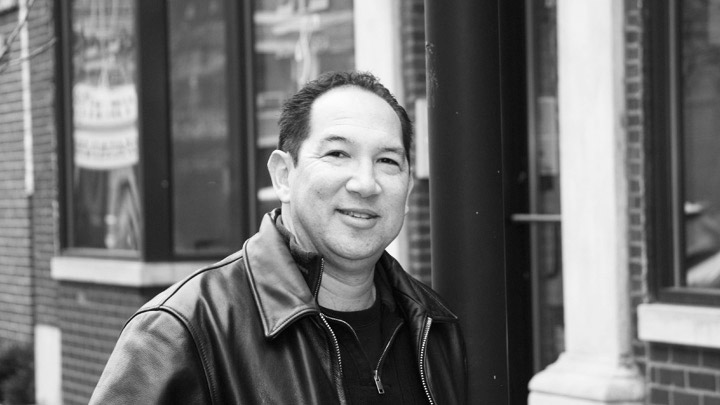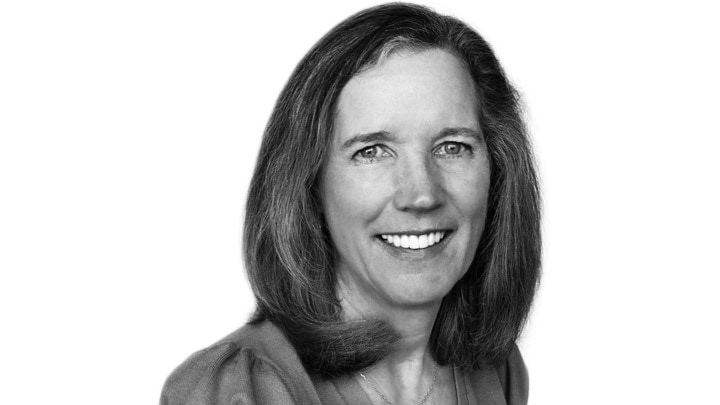If you don’t work with light, you don’t know the effects you can produce…”
Interviewed by Ruth Slavid

“We are beyond architecture,” says Ben van Berkel. “We are fascinated by everything that inspires us – by design, architecture, how we use infrastructure”.
UNStudio has a distinctive style, with many of its buildings being rather sinuous, organic and complex. While projects need to be suited to place and client, how is it possible to keep a coherent approach?
“I always try to control the knowledge from Amsterdam,” van Berkel says, describing his central office, which employs 140 people. At the same time, he has systems in place to ensure that knowledge acquired in one part of the world to be used in another.
Light is one of this architect’s most important tools when he is designing a building, in particular daylight.
“If you don’t work with light you don’t know the effects you can produce,” he says. “You can create a sense of warmth and welcome or guide people and help to orientate them in the right direction. It is one of the most essential qualities in architecture.”
It is not surprising, when you consider Van Berkel’s love of technology, that he designed one of the first media facades, on a galleria in Seoul, South Korea in 2003, working with Rogier van der Heide. In a second galleria for the same client in Cheonan, South Korea the emphasis was also on the interior. In a pioneering use of LED, Van Berkel used light lines in a suspended ceiling that echoed the forms of the structure below. The effect, he says, was that “as you looked up in the blackness, the entire ceiling became a chandelier”.



Paul Gunawan
Indonesian lighting designer Paul Gunawan believes that lighting significantly influences our well-being and a building’s values.

Peter Hugh
Peter Hugh was a lighting design leader before taking the bold step of opening his own lighting design firm eighteen years ago.

Nancy Clanton
Lighting designer Nancy Clanton earned an architectural engineering degree with an illumination emphasis when lighting design as a career was in its infancy